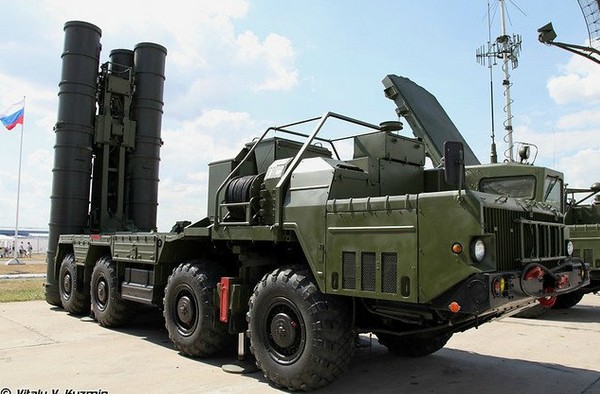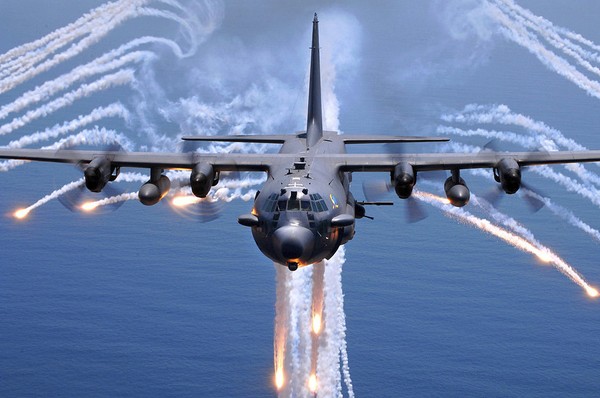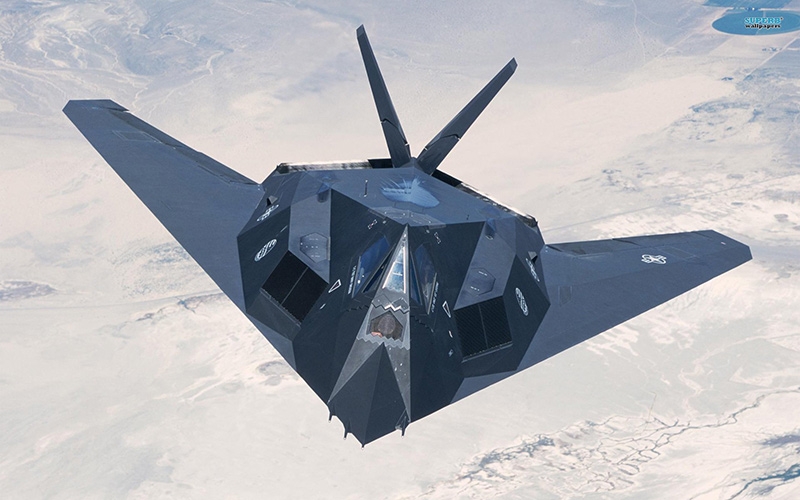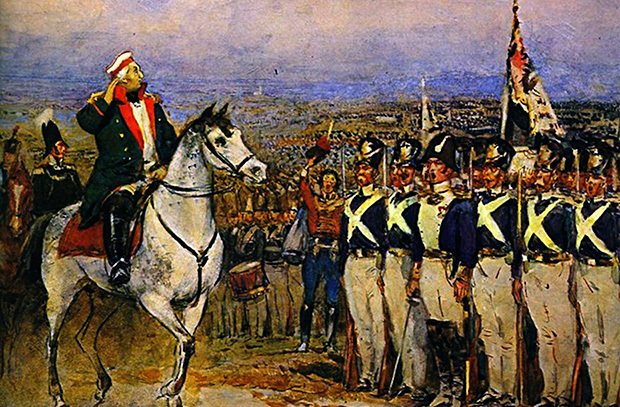
Mikhail Kutuzov commander in chief the troops
To 1805 – 1807 s Russian army continued to live by the Pavlovian infantry and cavalry statutes. "To address the situation of the troops and the add device" imperial decree in 1801 year established a special commission, but she was forbidden to "touch combatant doctrine and tactics of school". true, at 1804 published by Military Regulations of Peter I, which indicates the practical use of troops and at that time many articles Peter's charter, related field and garrison duty. Military Regulations of Peter I published at the beginning of the XIX century six times - in 1804, 1808, 1810, 1814, 1820 and 1826 years. AT 1803 year change in the rules of Pavlovian combat infantry service has been made, relating only step size: «Shaggy in yard, silent on 75 steps per minute, but rather the same 120 steps ". AT 1808 year started to develop military code.
Combat experience 1805 – 1807 s persistently demanded to review the internal organization of the troops, regulations and manuals, enter the order of battle, the combined action of extended order with the column, train troops Suvorov bayonet and aimed fire. New phenomena of military art put into practice combat training rather uncertainly. There was a struggle between the old and the new, maintain the reaction generals headed Alexander I. The statutes of this struggle is reflected in such a way, that preserves the old and introducing new.
The war with firmness brushed aside the old, antiquated. Russian troops on the battlefield, given the bitter experience of defeat at Austerlitz, contrary to the statutes Pavlovian used new tactics. However, outdated statutes, outdated tactics were at the heart of combat training.
The question will be on the statute, which was published in 1811 year. so, at 1811 published by Military Code of infantry service. In addition to the provisions of the charter, borrowed from the former Charter, It features many new provisions for combat training. It is an attempt to reduce the punishment of soldiers during training. Officers from the statute required at training each soldier to explain simply and without punishment, showing, what and how to perform. Rigor in learning to use only for negligent, but here act with moderation and caution. Also try "to bring the soldier, to read for the very slightest shame and punishment ".
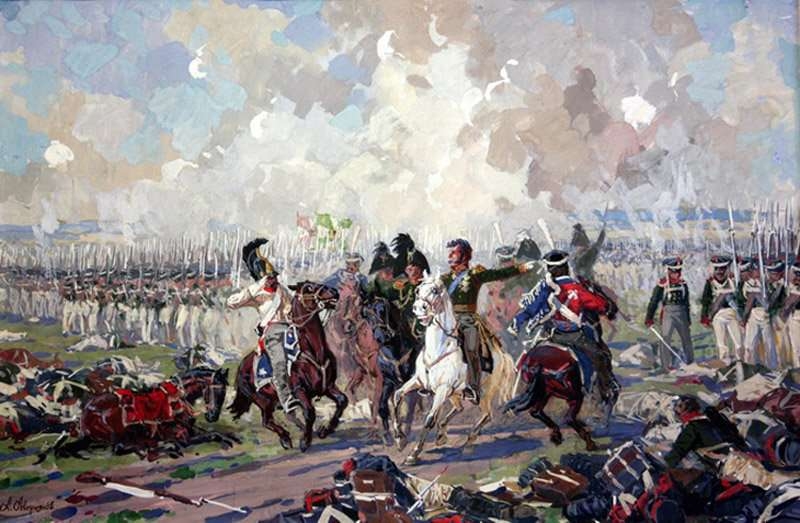
Bagration at the Battle of Borodino
The charter 1811 year introduced a provision "On learning to shoot on target". Previous statutes underrated shooting at a target, although, as is known, great Suvorov repeatedly pointed to a major role in the fight aimed fire. Charter testified, that the success of military operations depends largely on the ability of whole shoot, and demanded during school hours non-commissioned officers and soldiers of the regiment to train to shoot at goal, eating for most of this powder. Each company should have a list of the best shooters. Each battalion should get wooden boards in 2 m and 71 cm wide, painted black with two white stripes width 18 cm (one lane - at the top of the shield, the second - in the middle). Teach soldier firing the lower shield band with a distance 85 and 170 m, and the upper band - with a distance 200 m. AND, finally, charter demanded action to train troops in columns, closing platoon columns on poluvzvodnye distance and a thick column.
Overall Military Code of infantry service 1811 year represents a significant step forward compared with the previous charter. Published before the war 1812 , he played a positive role in the training of troops.
17 July 1812 the troops of the second army of Bagration received "instructions of Lord infantry officers in the day of battle". The hearing of the main issues of engagement is significantly ahead of the charter 1811 of the year. It reflected the advanced Russian military thought, is inextricably linked with the great Russian commander and military theorist A. AT. Suvorovыm.
Instruction required by the spirit of courage and bravery will certainly try to attach a firm in dangers of prolonged and steadfastness. "This a hardness, these things-the persistence everywhere deserve and gain the victory. Tenacity and fearlessness longer win battles, than all the talents and all the art ". Here we talk about the quality of, which should have officers, the relation of the officer to soldier. When the fair treatment of the soldier officer can easily earn the "reverence for the name of a military man," one soldier "".
Manual strongly demanded that the troops conduct aimed fire. Story shooters, is in front of the front, It explicitly calls circuit. Officer, under which there are arrows team, If the terrain allows, should hide their shooters. Manual recommended to apply "a little-known form of order" - chain of shooters with closed reserve behind one of the wings. During the retreat of the enemy archers inevitably encountered the reserve fire. The Manual talked about columns attacks. An officer is required not to be content with a skirmish, but to find an opportunity, to hit with hostility, and use it, without waiting for orders.
Notable in the "Lord's instructions infantry officers in the day of battle" was also a direct order not to produce at training troops unnecessary exercise - "old unnecessary exercises, as that: Numerous pace of a gun and the other has long been abolished ".
It should be emphasized, The instruction that is permeated with the requirements of taking initiative, courage and determination. It assigns primary importance in the battle of the moral factor.
Gabriel Tsobehiya







